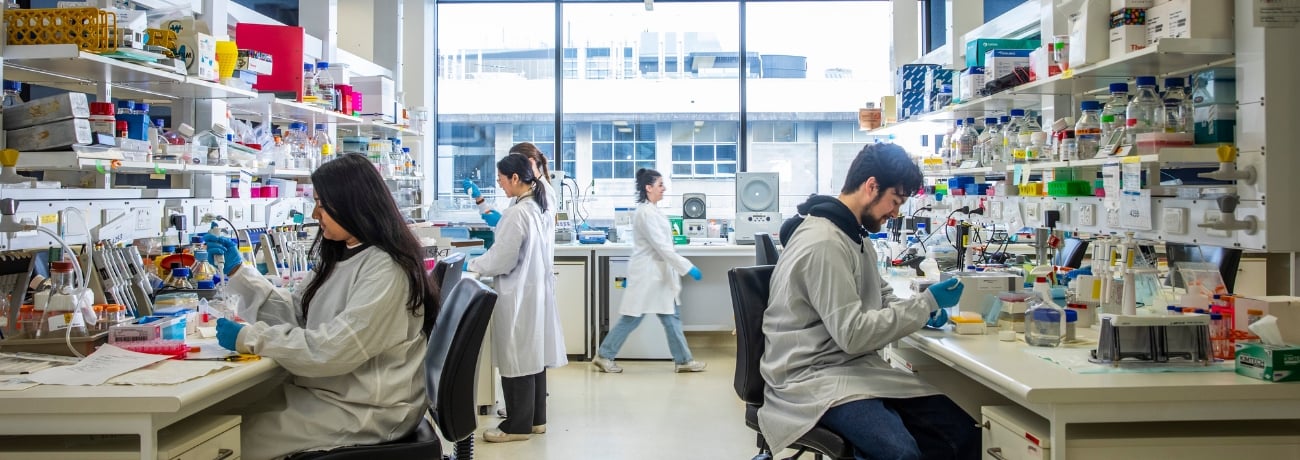The Australian Stroke Clinical Registry (AuSCR) collects essential information on care given to someone who has experienced stroke or transient ischemic attack (‘mini stroke’), covering their journey from first presentation to hospital through to health outcomes 3-6 months down track.
Real-time monitoring enables individual hospitals to identify and fix ‘gaps’ in treatment processes for patients with stroke, as well as benchmark how their care and patient outcomes compare to other hospitals around Australia at any given time.
Custodian of the registry, Professor Dominique Cadilhac from The Florey, says the evidence is clear that initiatives like AuSCR work.
“We know that providing the best standard of care to patients hospitalised after stroke can lead to better outcomes, such as decreasing disability, preventable deaths and risk of recurrent stroke in the longer term.”
“We continuously see improved stroke care in hospitals that take insights from the registry and implement quality improvements.”
 Custodian of AuSCR, Professor Dominique Cadilhac
Custodian of AuSCR, Professor Dominique Cadilhac
74 Australian hospitals actively use the registry.
Two episodes of stroke – only months apart in 2019 – were captured on the registry for Rosanna resident, Tim McCartin. The former high school principal considers himself very lucky to have since made a full recovery and is an advocator of research initiatives, such as the registry, that aim to improve care for people who have experienced stroke.
“During my time in hospital and rehabilitation I saw firsthand how devastating stroke can be for a lot of people and their families,” said Mr McCartin.
“When I learnt of the registry from a stroke nurses in hospital, I thought why not use my experience to be a part of something that can help other people who have had a stroke,” he explained.
Melbourne neurologist and Clinical Lead for the Victorian Stroke Clinical Network, Professor Peter Hand, also commented on the milestone.
“What we have been able to achieve for patients with stroke and their families over the past ten years has been momentous.”
“The registry has been a pivotal tool in directing where state government initiatives can focus to improve stroke care and policy, with the ultimate goal to achieve the best possible stroke treatments for all Victorians,” he said.
In addition to informing clinical care standards, data is also used in vital stroke care research including the Florey Institute’s work into understanding risk factors for stroke, effect of exercise on recovery post-stroke and other studies.
Most recently, the Australian Stroke Clinical Registry has been monitoring the consequences to stroke care caused by the COVID-19 pandemic.
Preliminary analysis from a survey, in which 54 hospitals from six states and the ACT responded, found people were presenting less often to hospital for suspected episodes of stroke, particularly if they had experienced minor stroke or transient symptoms. Additionally, the survey highlighted reports of stroke units being reduced in size or moved and specialist staff deployed to other duties.
Professor Cadilhac urged people to be vigilant about seeking medical care for stroke.
“If you suspect a stroke, don’t let COVID-19 stop you from going to hospital. If you or someone else experiences signs of stroke, call 000 immediately,” she said.
AuSCR was established by a consortium of four groups; The Florey, The George Institute, The Stroke Foundation and Stroke Society of Australasia.
For all media enquiries contact the Florey Media team.
[email protected]
